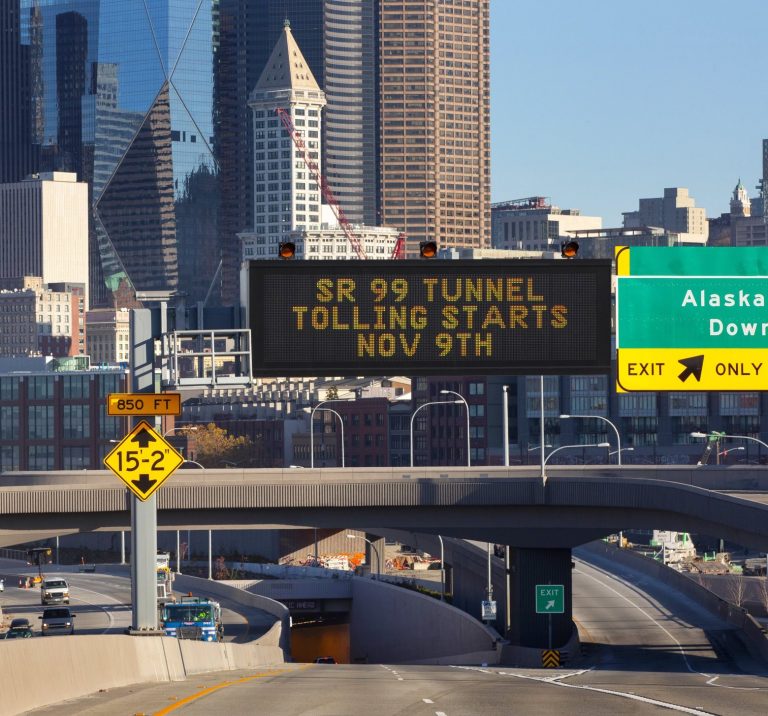Published on November 7, 2019

Whether you drive Highway 99 or not, the tunnel tolls starting Nov. 9 will disrupt your travel in downtown Seattle through higher costs, slower trips or more aggravation.
That’s because thousands of toll-dodging motorists will crowd city streets, rather than pay for a 2-mile tunnel drive between Sodo and South Lake Union. State officials warn as many as half of tunnel drivers might try other paths the first week — a worst-case scenario that’s unlikely to persist.
After the opening shock, around 35% of the current 75,000 daily tunnel users would still choose other roads, based on experience with tolls on the Highway 520 floating bridge, said Jennifer Charlebois, toll-project engineer for the Washington State Department of Transportation (WSDOT).
That translates to 26,250 added vehicles. People are more likely to divert midday than at rush hour, studies predict.
“The alternate roads are saturated right now, particularly at the peak,” said Meghan Shepard, deputy downtown mobility manager for the Seattle Department of Transportation (SDOT).
WSDOT isn’t speculating about delay times. A good guess is “several minutes,” but even that’s dicey, because the downtown road grid constantly perches on the brink of failure, said University of Washington professor Mark Hallenbeck, director of the Washington State Transportation Center. Toll diversion makes sudden traffic breakdowns more likely, he said.
“If it blows up, you see delays of 20 minutes or half an hour. If it’s [merely] slow moving, it will be two minutes or four minutes,” Hallenbeck said.
Continue reading at The Seattle Times.
Originally written by Mike Lindblom for The Seattle Times.